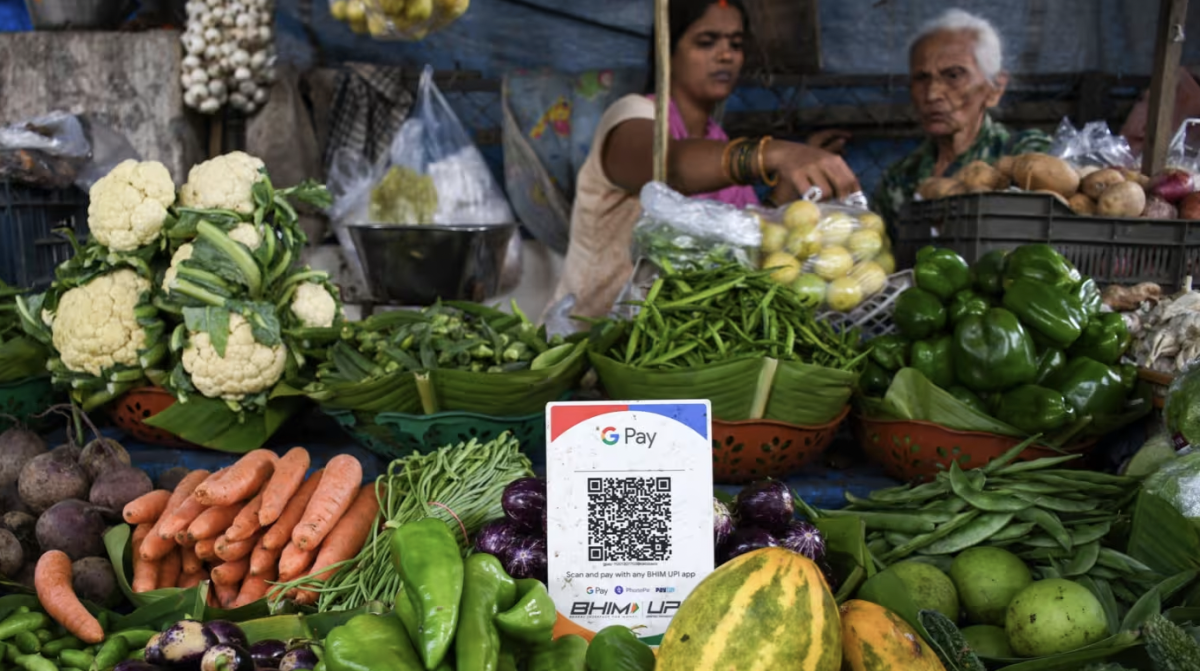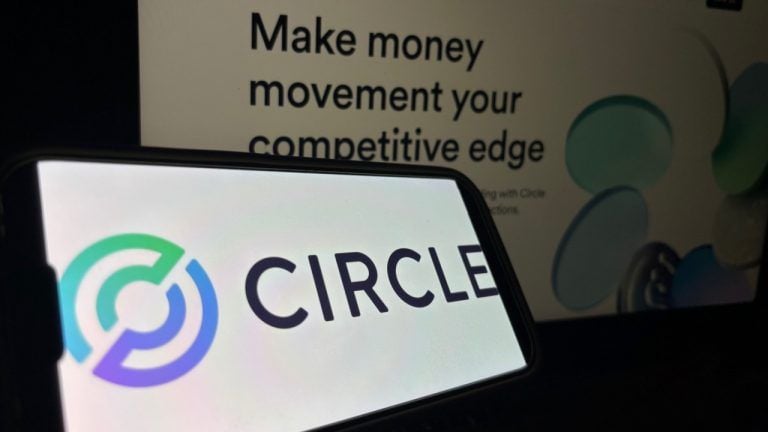As an Indian Bitcoiner returning home recently, I found myself using UPI digital payments repeatedly for everyday spending.
UPI (Unified Payments Interface) is India’s real-time bank-to-bank payment system that has become ubiquitous for making payments by scanning QR codes or using phone numbers. It’s enabled even street vendors and tiny shops to accept payments online.
Given the difficulty of getting cash change and vendors needing to keep the card machines, UPI is often the only payment option.
And I have to admit; it’s incredibly fast, cheap, and easy to pay merchants through UPI apps compared to fumbling with Bitcoin Lightning wallets, custodial or non-custodial. The money moves instantly for free, and the process is familiar to all parties.
While I’m huge on censorship-resistant, private, and decentralized money, Bitcoin and UPI’s convenience are hard to ignore. UPI processes over 14 billion monthly transactions across over 450 banks with no fees.
By comparison, Lightning is dealing with low liquidity, channel balancing headaches, and clunky user experiences (which keep improving with custodial wallets with some tradeoffs).
Of course, the privacy implications of an almost fully digital system controlled by centralized third parties make me cringe and sound dystopian. But most Indians happily surrender privacy for convenience time and again.
So, even as a Bitcoiner, I can’t see most Indians ditching UPI to start using Bitcoin lightning en masse for day-to-day payments anytime soon, apart from Bitcoin circular economies. The incentive needs to be there. And let’s be honest – Lightning still confuses Bitcoiners, let alone my uncle!
Maybe down the road, privacy concerns or currency devaluation could drive Indians toward Bitcoin payments. But for now, UPI has too much momentum and network effect.
Bitcoin Magazine – Bitcoin News, Articles and Expert InsightsRead More



